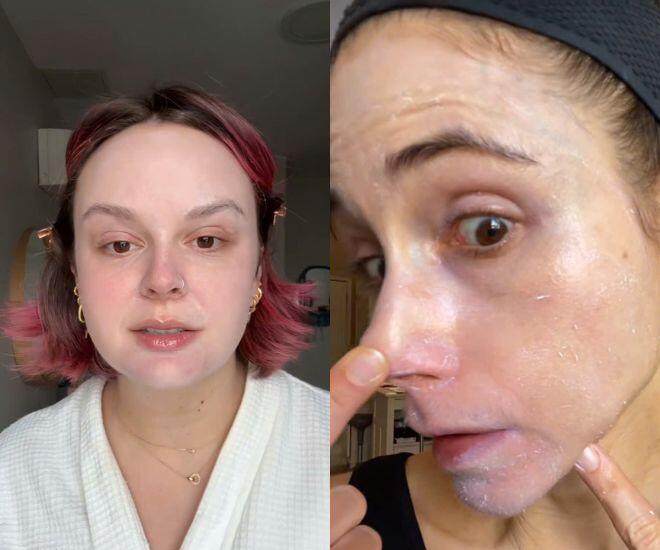
Many individuals struggle with sunscreen pilling, flaking, or becoming rough. This issue isn’t always due to the quality of the sunscreen, but rather the skincare routine itself. Here are six tips to ensure that each sunscreen application is a step towards achieving a flawless, makeup-optional complexion.
Exfoliate Properly and Timely
Accumulated dead skin cells can cause skincare products to slide on the surface, hindering absorption and leading to pilling when applying sunscreen. However, over-exfoliation or physical exfoliation can dry out the skin, damage its protective barrier, and increase the likelihood of flaking and pilling.
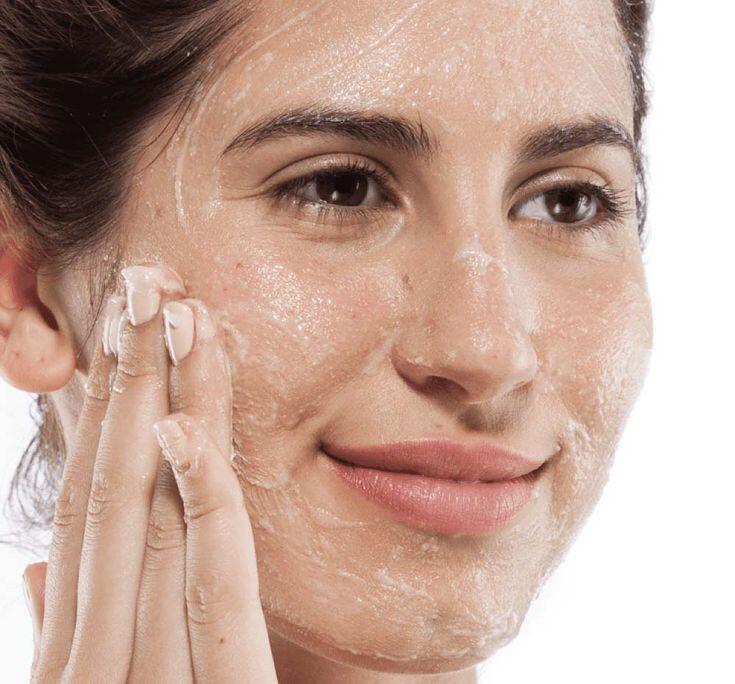
Exfoliating regularly is key to minimizing skin texture issues and reducing the chances of pilling.
Dermatologists recommend exfoliating 1-2 times a week with products containing mild acids (AHA, PHA), especially for those with dry or sensitive skin. Well-exfoliated skin provides an ideal base for sunscreen to adhere smoothly and seamlessly.
Avoid Overloading Your Skin with Products
While layering multiple skincare products may feel indulgent, it is a common cause of sunscreen pilling. When the skin is overloaded with serums, moisturizers, and oils, especially those containing oils or silicones, the base layer cannot absorb them all, leading to sliding, pilling, or a sticky film.
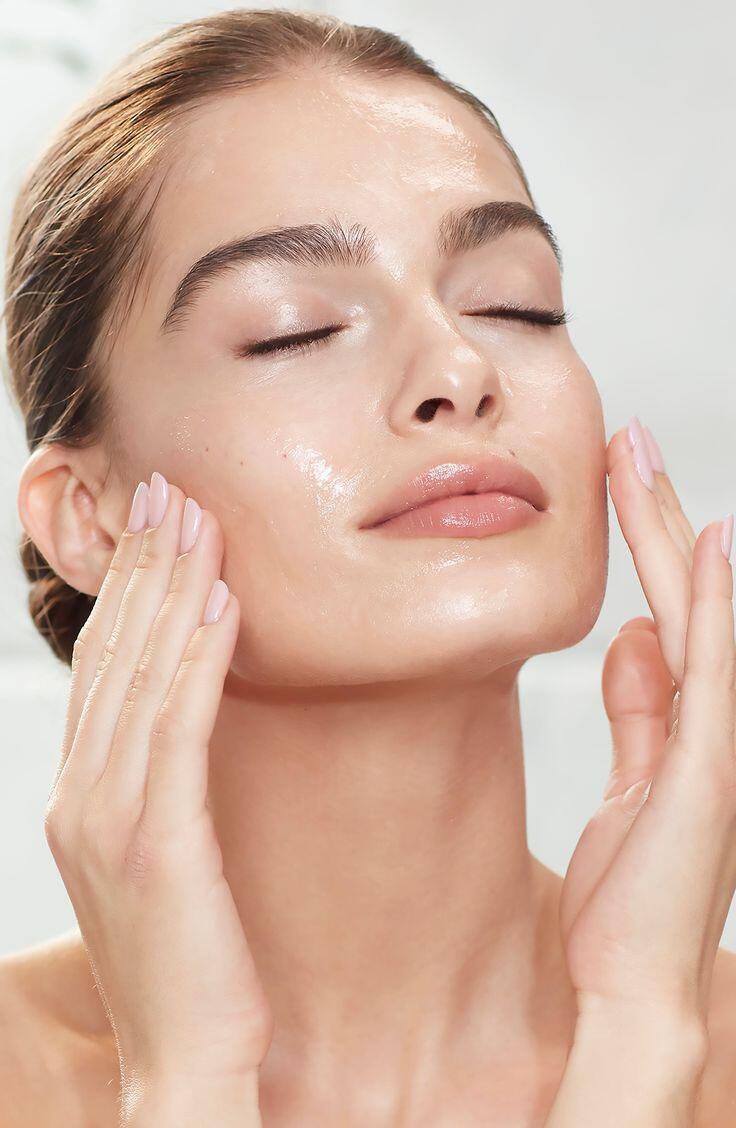
Simplify your skincare routine and avoid oil-based or silicone-based products before sunscreen application for optimal protection.
Instead of layering excessively, curate a concise routine with essential products suited to your skin’s needs. Opt for a lightweight hydrating serum and a quick-absorbing moisturizer without leaving an oily residue. Well-hydrated and “breathing” skin will be receptive to the final step of sunscreen application.
The Order of Your Skincare Routine Matters
Following the correct order of skincare products maximizes their effectiveness and prevents a bumpy finish. Serums, with their lighter texture, contain smaller molecule actives, while moisturizers have larger molecule structures. Applying a thick layer of moisturizer before a serum can hinder absorption, leading to excess product and residue when applying sunscreen.
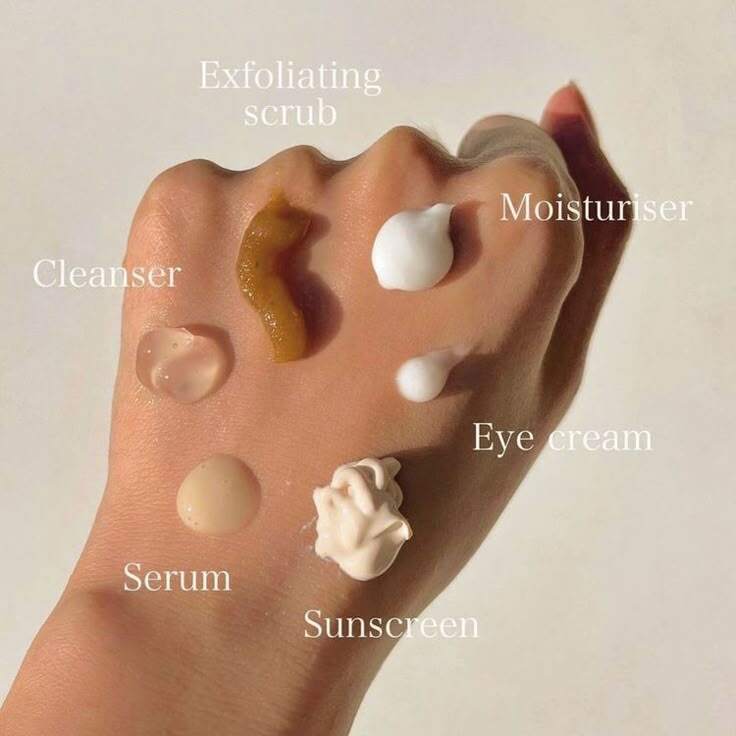
The order of your skincare routine is crucial for a stable and smooth sunscreen application.
Ideally, start with lightweight products like toner and serum, followed by moisturizer, and finish with sunscreen. If using a chemical sunscreen, apply it before your moisturizer to ensure proper absorption. Physical sunscreens, on the other hand, should be the final step.
Allow Each Layer to Dry Completely Before Proceeding
One common reason for sunscreen pilling is rushing through the application process. Each skincare product needs time to absorb into the skin, typically 30 to 60 seconds. Some experts recommend waiting 5 to 10 minutes, especially for products with high moisture content or active ingredients.
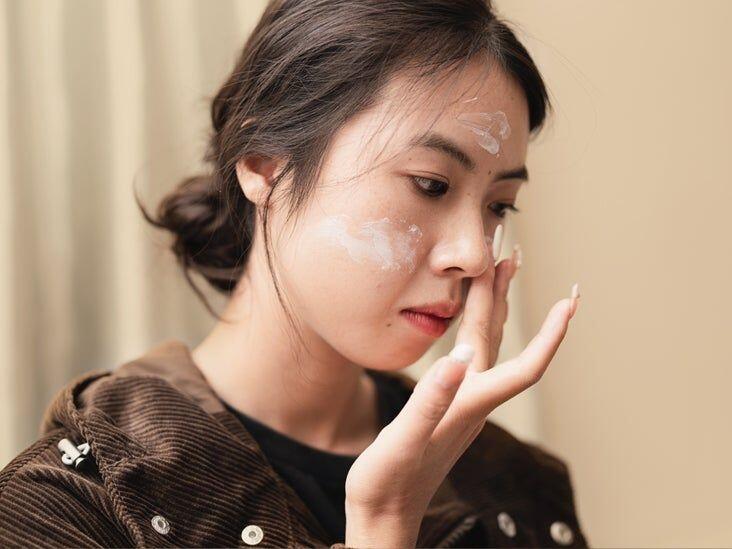
Before applying sunscreen, ensure that your skincare products have fully absorbed by gently touching your skin.
Be Mindful of Ingredients That May Cause Pilling
Certain ingredients commonly found in cosmetics can interfere with sunscreen absorption. For instance, silicone derivatives (dimethicone, cyclopentasiloxane, etc.) provide a softening effect and create a smooth film, but when combined with thick or oil-based formulas, they can lead to pilling.
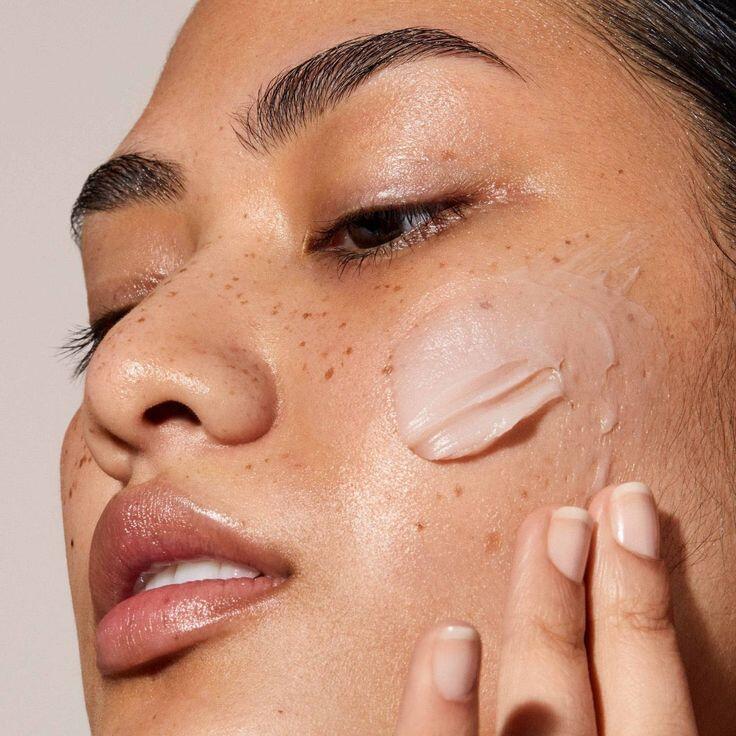
Ingredients prone to causing pilling are often found in skincare products, so be mindful of their presence and adjust your application method if necessary.
Similarly, xanthan gum, a common thickening agent, can cause adhesion issues between layers when used in high concentrations. If you can’t avoid products containing these ingredients, change your sunscreen application method: instead of rubbing, gently pat or tap it onto your skin to minimize friction and reduce pilling.
Switch Products If Necessary
Not all products work for every skin type. If you’ve followed the above steps and still experience issues with sunscreen absorption, consider switching products. For dry skin, opt for lotion or cream-based sunscreens with hydrating ingredients. For oily skin, gel or powder-based formulas might be a better choice.
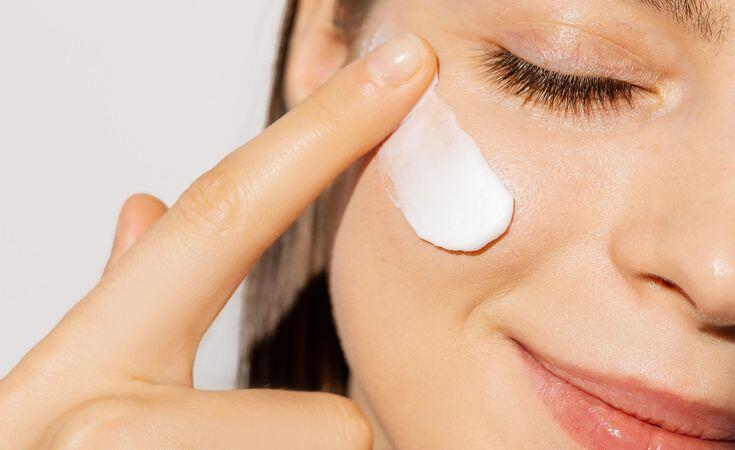
Finding the right sunscreen for your skin is paramount, so don’t hesitate to try different options until you find your perfect match.




































